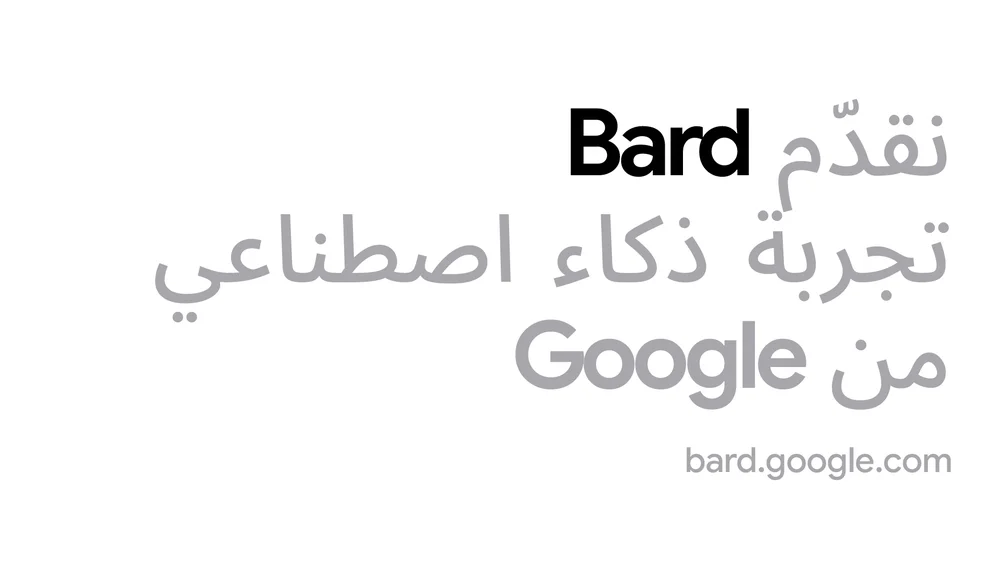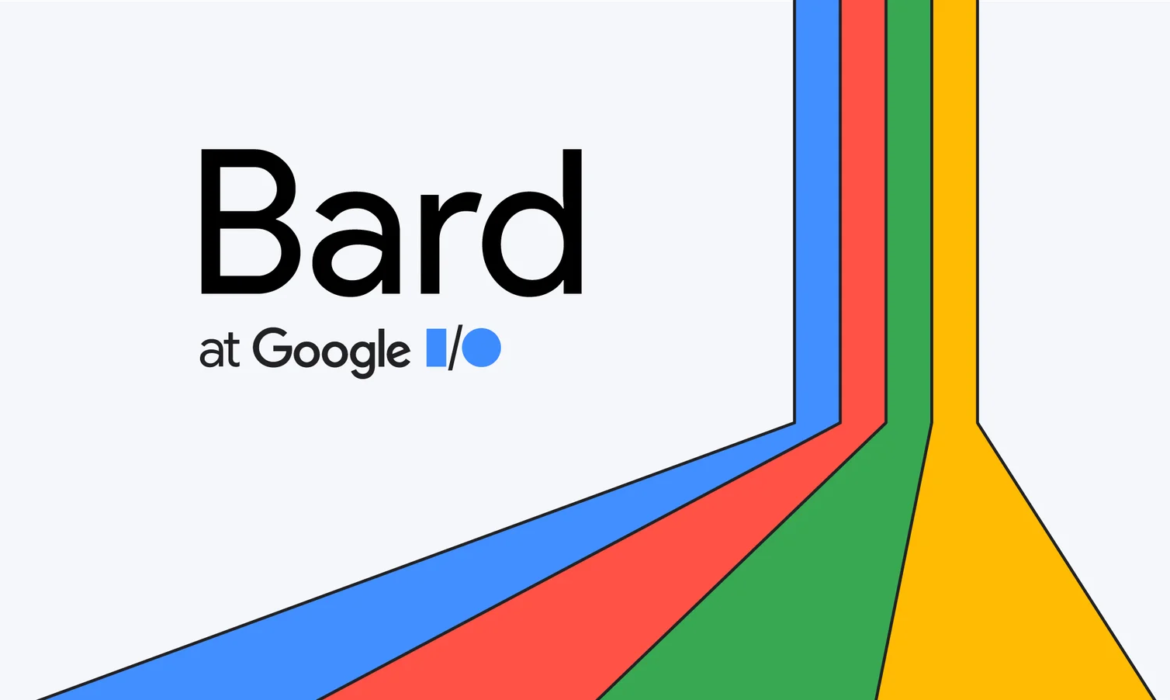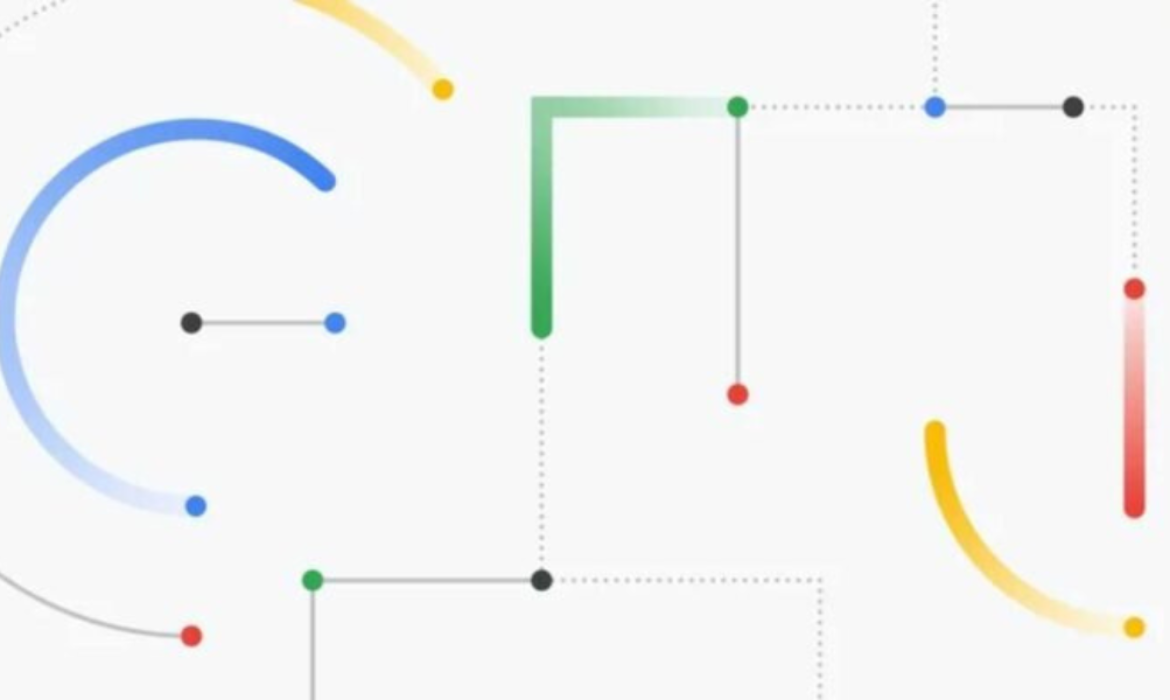Google Breaks Regional Barriers by Unveiling Arabic BARD
Google has introduced Arabic language in its AI generative platform BARD, along with 39 other languages. Unlike BARD’s initial launch in May, which was only in English, Google has further taken a leap towards inclusivity. Their objective is to make it available in multiple languages.
Arabic, a very complex and intricate language, consists of several dialects, which often lead to challenges while communicating. Arabic speakers also face difficulties in online interaction since the textual form is mainly in classical Arabic. Over the years, Arabic speakers have turned to Arabeezy, an application which combines English letters and numbers, to communicate with each other.
Google has recognized these intricacies, and has launched Arabic BARD, which understands 16 diverse colloquial vernaculars. The model is powered by Google’s latest language model ‘PaLM2’ which can understand information in multiple languages. These include Emirati, Egyptian, and Saudi Arabic and it responds back in Modern Standard Arabic (MSA).
It also has the proficiency to understand code-switching, where the input is able to integrate Arabic and an additional language. The thoughtfully designed user-interface supports right-to-left scriptures, making it further easily operable.

Image Credit: Google
Features Available for Arabic Speaking Users
Google Bard in Arabic is filled with an extensive array of unique features to help with your creative potential. Here are some of them:
- Hear BARD’s responses out loud by clicking on the sound icon.
- Revisit, pin, and rename your BARD chats.
- Share BARD responses with your friends and connections using the shareable link.
- Export Python code to Replit and Google Colab, an online integrated development environment for developers to write and execute code.
Challenges Google faced while developing Arabic Script
Google has made significant technology investments to enhance its Arabic skills for the past two decades. In order to create a language model in Arabic, it was essential to understand certain words which were often spelt the same. Without pronunciations or knowing the meaning of the word, it was inconvenient for the AI to understand the same. This has been a huge limitation for all the known translation tools. What they failed to revise was that without the proper accent or diacritical signs, it was difficult to decipher the intended meaning behind them. But BARD was able to recognize that, indicating a significant breakthrough for the language.
Najeeb Jarrar, Regional Director of Marketing at Google MENA said,
Arabic speakers are now able to leverage the power of BARD, where they’re able to create new content and collaborate with this AI, experiment to generate and create new ideas, simplify topics, and also, directly get involved in the wonders of such technology.
Jack Krawcyzk, Director of Product Management at Google added,
As part of our bold and responsible approach to AI, we’re proactively engaged with experts, policymakers, and regulators on this expansion. And as we bring BARD to more regions and languages over time, we’ll continue to use our AI principles as a guide, incorporate user feedback, and take steps to protect people’s privacy and data.
So next time you want to know about some concept or brainstorm and materialize an idea, give BARD a try. You will not only be able to use unique tools, but might discover a fresh perspective to life!
Read More: Google’s BARD vs ChatGPT: Which AI Will Rule the Search Realm?
Google’s BARD vs ChatGPT: Which AI Will Rule the Search Realm?
Google is quickly launching a conversational AI named Bard, due to the impact that OpenAI’s ChatGPT has had on the way, people search for information. The growing threat posed to the tech giant has prompted the development of a Language Model for Dialogue Applications (LaMDA) powered, lightweight version of the conversational AI model. With the vast amount of information available to Google, they have the potential to provide formidable competition in the field.
What is Bard
Bard is an experimental conversation AI service that is powered by LaMDA (Language Model for Dialogue Applications). It draws on information from the Web to provide fresh, high-quality responses to queries.
Exploring Google’s Upcoming AI Features in Search
Have you been eagerly anticipating the integration of ChatGPT-style AI in Google Search? Well, Google has provided a glimpse of what’s to come with an example of how its AI technology will respond to long search queries. Google CEO Sundar Pichai wrote in the blog:
“Soon, you’ll see AI-powered features in Search that distill complex information and multiple perspectives into easy-to-digest formats, so you can quickly understand the big picture and learn more from the web: whether that’s seeking out additional perspectives, like blogs from people who play both piano and guitar, or going deeper on a related topic, like steps to get started as a beginner.”

Image Credit: Google
In case you’re wondering, Bard is separate from Google search. This screenshot highlights the AI-powered features that will soon be available on Google Search.
How does Bard respond
Below Google image showcases the potential response of its AI service, Bard, to a query in a ChatGPT-style manner.

How does Bard work?
Bard is powered by LaMDA, a large language model that was developed and released by Google in 2021. Sundar Pichai said the company will initially release Bard on a ‘lightweight’ version of LaMDA that would require significantly less computing power, enabling it to scale to more users and seek more feedback.
Bard seeks to combine the breadth of the world’s knowledge with the power, intelligence, and creativity of the large language models. It draws on information from the web to provide fresh, high-quality responses.
Difference between Bard AI and ChatGPT

Who are the trusted testers
Google has stated that they are not the creators of the Search Quality Raters, but instead work with a third-party supplier to hire a diverse group of individuals from different demographics and locations to evaluate their products. The purpose of this testing is to gather insights and improve the user experience for real users.
Why we care
Analysts suggest, the popular artificial intelligence chatbot, ChatGPT reached 100 million users just two months after launching surpassing TikTok. TikTok reached after nine months of its global launch. Google’s Bard and ChatGPT approach to human-like Q&A response is intriguing. It’s early days, but there may be an evolution in user experience and interface. An interesting aspect to watch is Google’s handling of attribution and citation, particularly in search. For years, Google has utilized AI to generate knowledge panels, which sometimes lack attribution.
In the wake of ChatGPT’s massive adoption, will Google BARD also smash all records and our imaginations?
Interesting Read: Tête-à-Tête With ChatGPT- The Power Of AI




